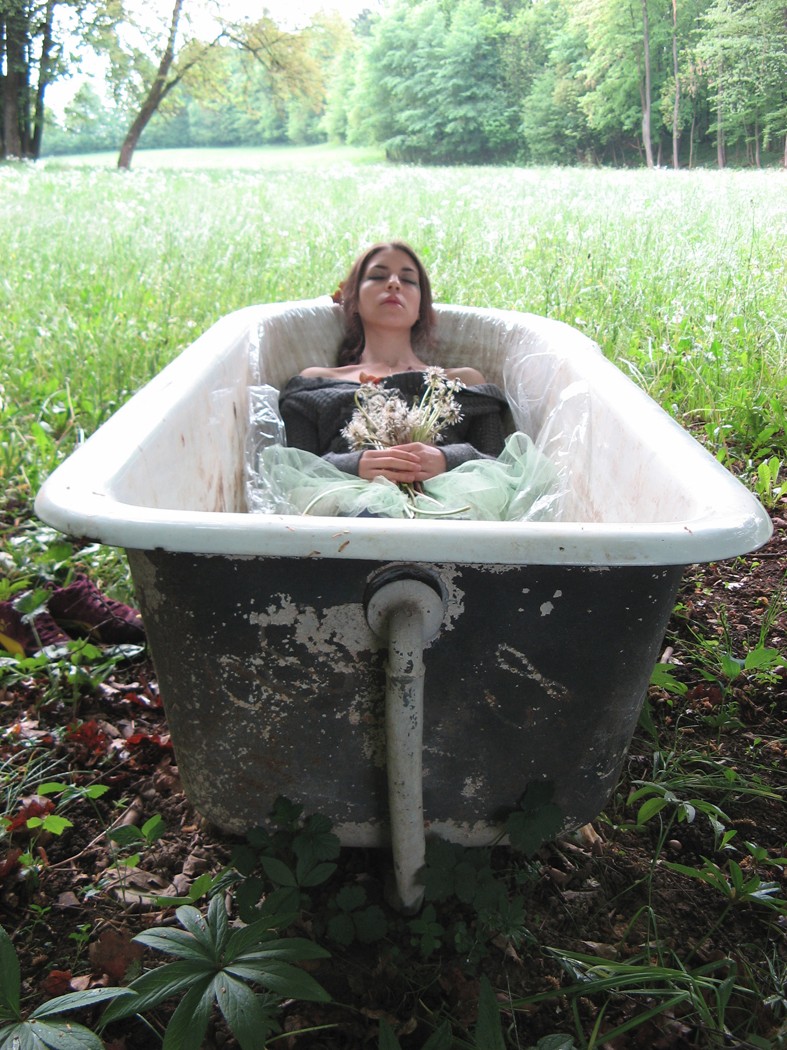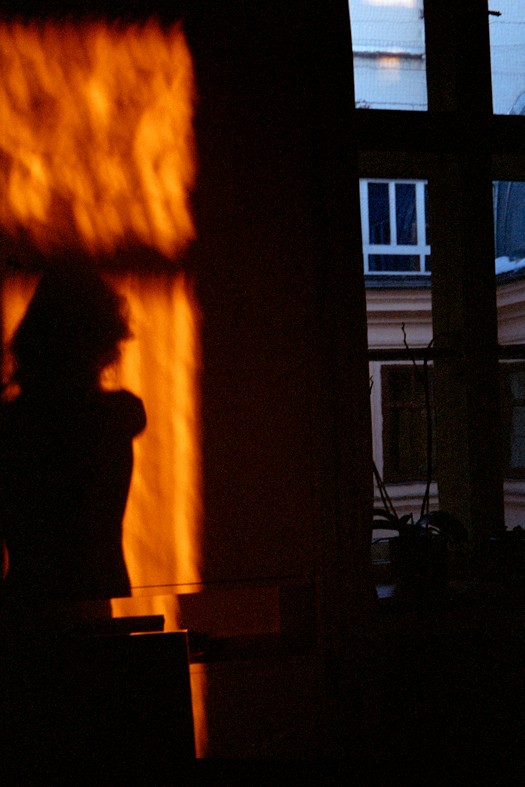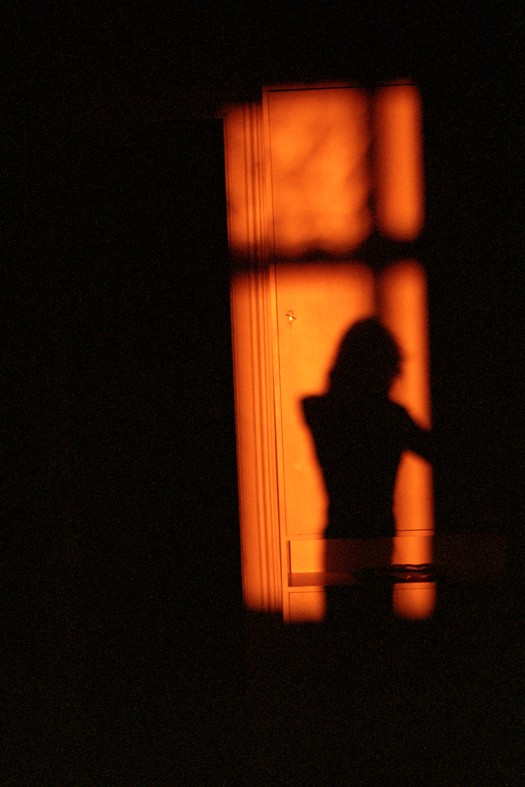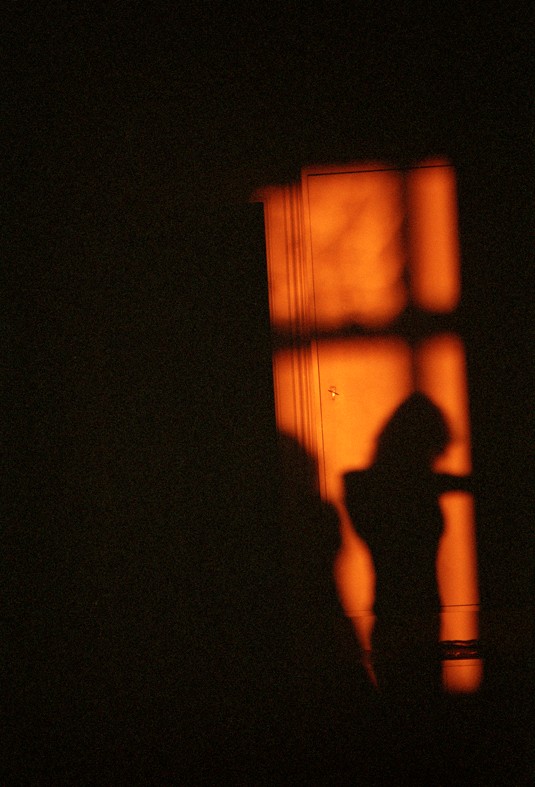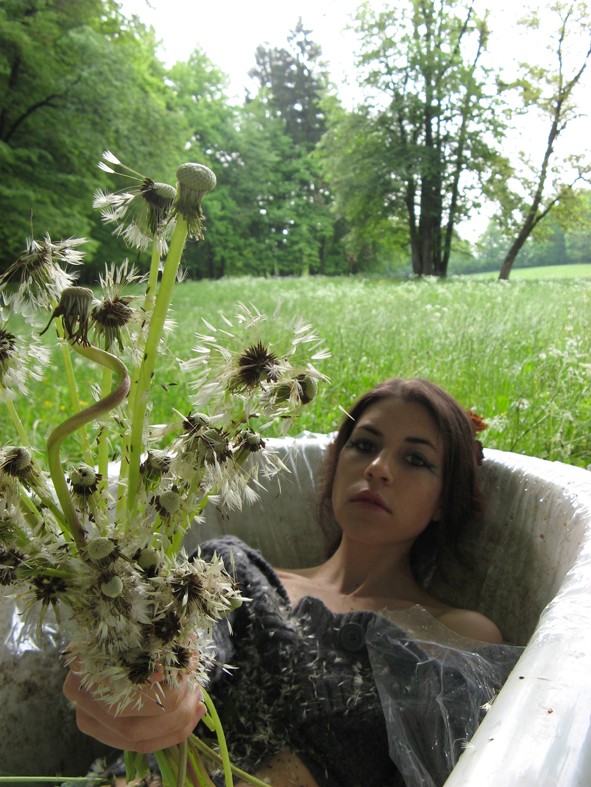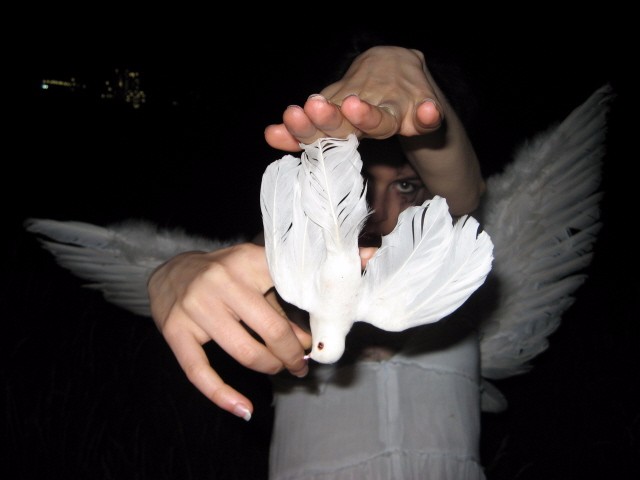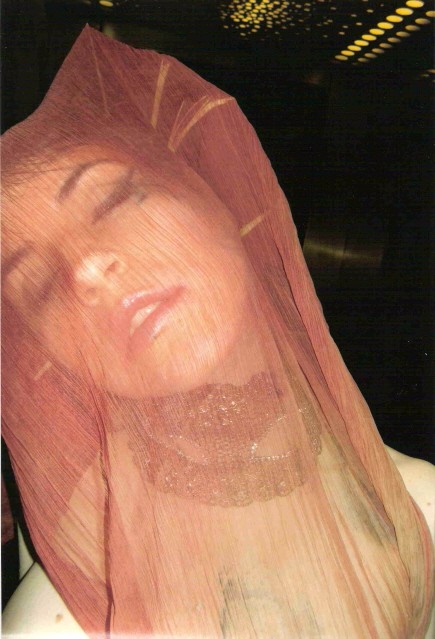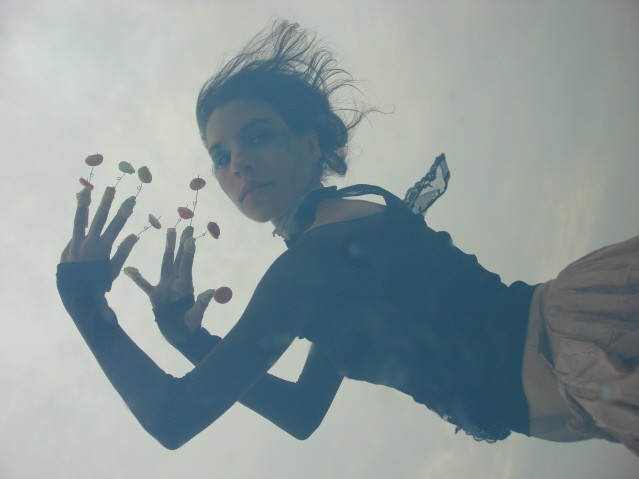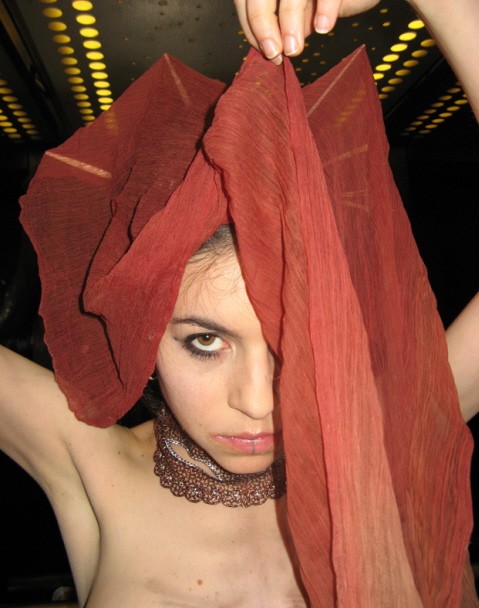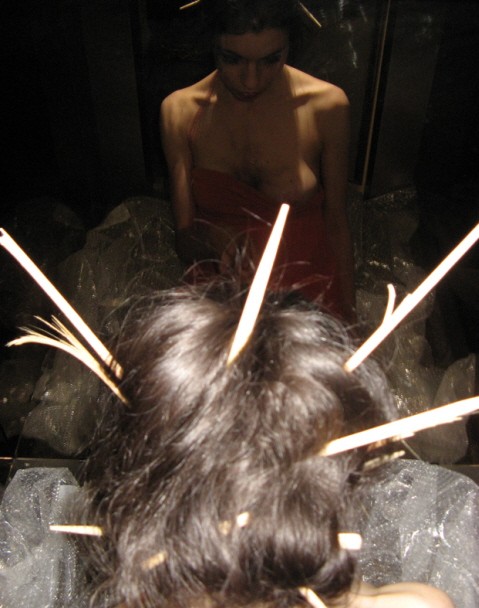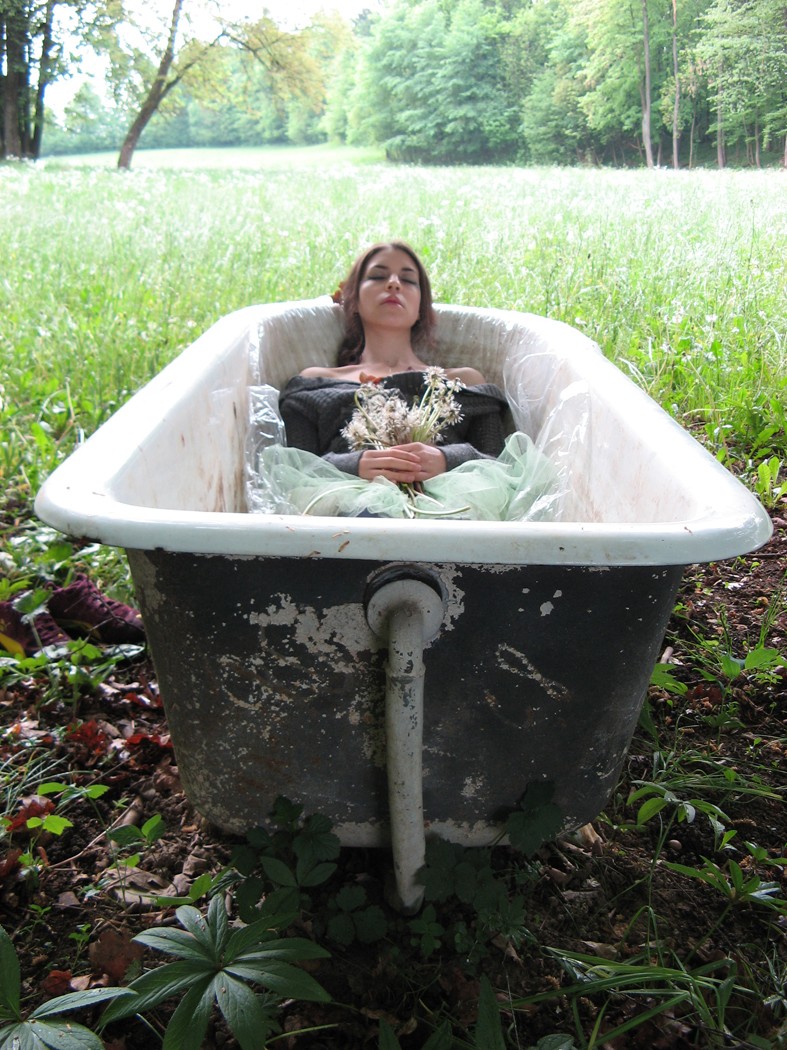Eva Petrič
Sabes nadari?
Sabes nadar? Can you swim?…
Like shadows on the wall…
They swim… What about you – can you swim?
Can you swim in a bathtub?
Can you swim out of your skin?
Can you swim in a gaze?
Can you swim from home?
Can you swim in ice?
Can you swim under saliva?
Can you swim under a microscope?
Can you swim to silence?
Can you swim from the bottom up?
Can you swim to the middle?
Can you swim in injustice?
Can you swim in a plate beside a fish?
Can you swim in a void?
Can you swim out from the void?
Can you swim?
To swim: to move in the water ir on the water with the help of limbs or fins; to move with a gliding motion… skillfuly gliding across the wall…
Can you swim? The Toreador in Crete, the frescoes on the walls in Egyptian tombs, the Tomb of the Diver at Paestum, the frescoes at the Villa dei Misteri in Pompeii, the Islamic frescoes in Quasr Amra, the desert palace of the Umayyads, the early Christian catacomb frescoes in Rome, then those in Cyprus, Crete, Ephesus, Cappadocia and Antioch, and in the churches of Goreme in Turkey, the frescoes on the ceilings and walls of the Ajanta Caves in India and those of the Brihadiswara Temple, the frescoes from the Italian early medieval Castelseprio to the Italian late medieval Quattorcento, to the panels of Giotto, Lorenzetti, Artini and others in the Upper and the Lower Basilica of San Francesco d’Assisi, Giotto’s frescos in Cappella degli Scrovegni in Padua, Camopsanto’s in Pisa, Masaccio, the Brancacci Chapel in Snata Maria del Carmine in Florence, Ambrogio Lorenzetto in Palazzo Publico in Siena, Piero della Francesca, Chiesa di San Francesco in Arezzo, Ghirlandaio’s cappella Tornabuoni in Santa Maria Novella in Florence, to the Last Supper of Leonardo Da Vinci in Milan and the Sistine Chapel Wall series of Botticelli, Perugino, Rossellini, Signorelli and Ghirlandaio, to Luca Signorelli’s Chapel of San Brizio, the Duomo at Orvieto and to Luciano Medevici, to arrive to Michelangelo’s Sistine Chapel ceiling, Raphael’s Vatican Stanza and Villa Farnesina, to Giulio Romano’s fresco in Palazzo del Te in Mantua, Montegna’s Camera degli sposi at the Palazzo Ducale in Mantua and the dome of the cathedral Santa Maria del Fiore in Florence, the Baroque Loves of the Gods of Annibale Carracci at the Palazzo Farnese, the Allegory of Divine Providence and Barberini power, Pietro da Cortona at the Palazzo Barberini, the ceilings of Giovanni Battista Tiepolo in new Residenz in Würzburg, at the Royal Palace in Madrid, at the Villa Pisani in Stra, the wall scenes at the Villa Vadmarana and the Palazzo Labia to Andrea Pozzo’s nave ceiling in Sant’Ignacio in Rome – all these frescoes have been implanted on these walls and ceilings with the aim that they should remain there forever. My photo.fresoces swim – among shadows, becoming shadows, annihilating differences.
The shadow is common to all, belongs to all. Each and every one and everything has a shadow of their own. When the shadows collide, they fuse into one another, accepting each other. Shadows are independent from the organic and inorganic, from gender and age. Unburdened with prejudice they communicate with everything and everyone – for me they are the language of equality and justice.
As a shadow I jump onto all walls – onto lonely, rough, hungry, fill ones. My shadow wants to swim; and knows how to swim, not only in the idea, but also in flesh. It is like a fish that both follows and leads my body. Swimming amongst my shadows I swim from one room to another along the walls, where one room does not only reflect but also resonate the other, the echo remaining on the walls even after the meat of my body has already moved along, revealing the state in which the body is becoming the shadows, and the shadow the body. How much veiling is necessary for the body to be seen as evasive and how much unveiling is necessary for the shadow to reveal the fleshiness within its constitution? My photo-frescoes swim around along the walls, searching for the answer…
Eva Petrič
